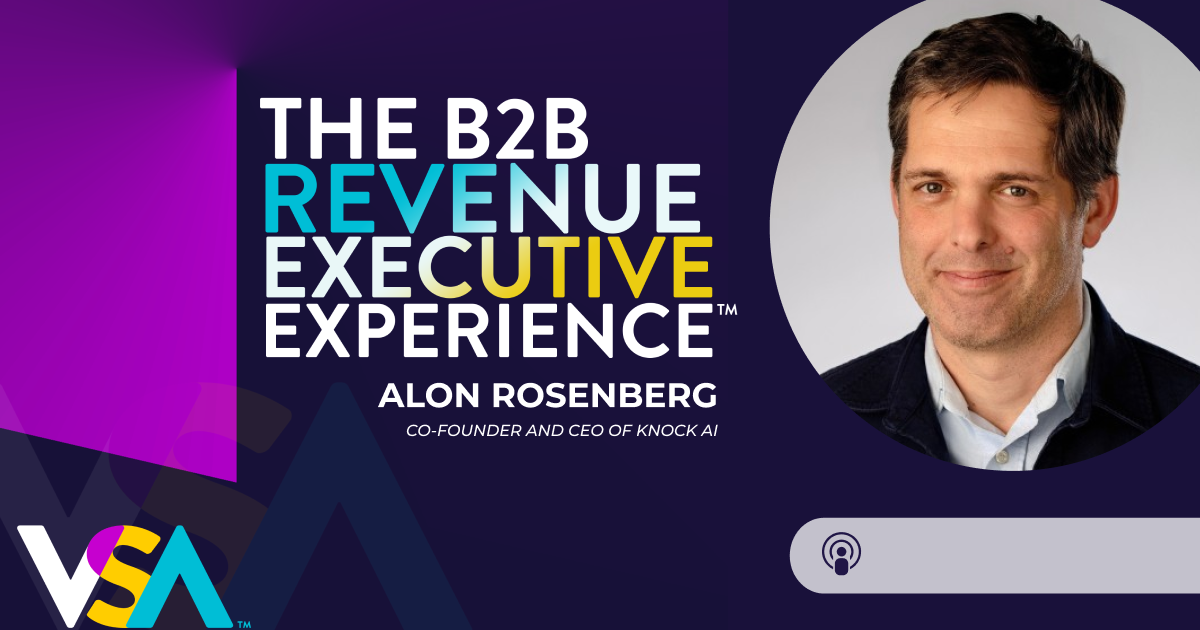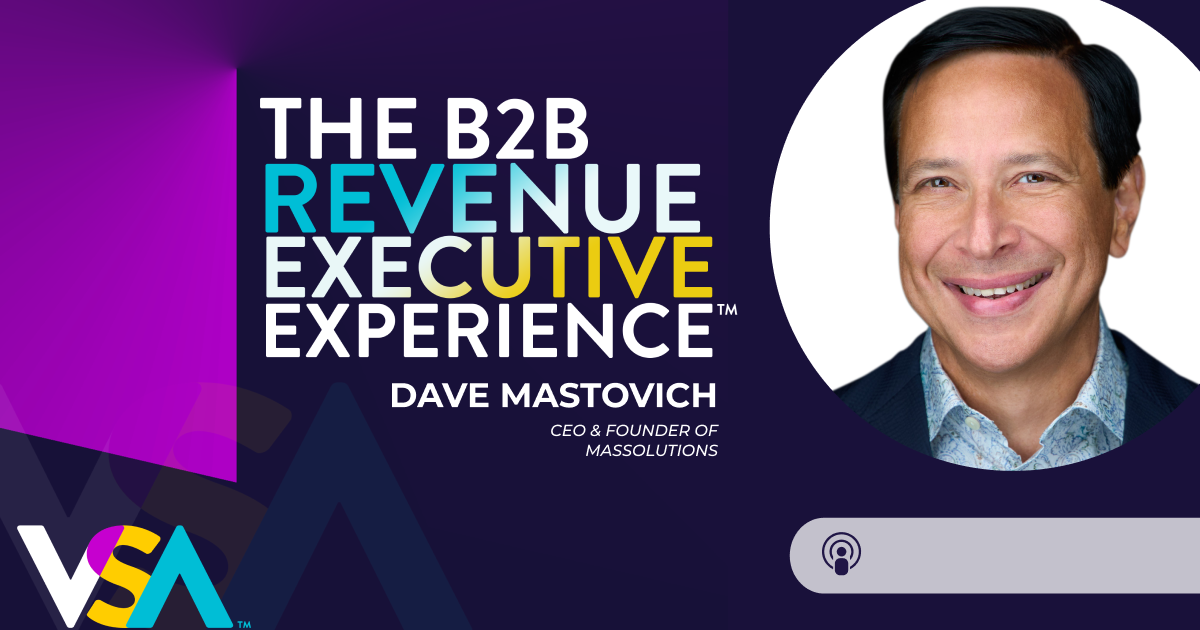The Challenges of Marketing and Selling to the Public Sector

In Juliana Slye’s long career throughout the private and public sectors, two things have stuck with her more than anything:
- “It’s not about me, or where I believe the market is headed. It’s really all about the customer.” At the end of the day, if the customer doesn’t want it, it’s not going to happen.
- “You can’t go against your DNA.” Whether personal or professional, you have to take that DNA and make that work for you.
Today, she is the CEO and Chief Strategist at Government Business Results, and she says that “there is no other industry that is more challenging, more compelling, and more risk/reward laden than working within the public sector.”
We interviewed her to learn some of the greatest challenges of marketing and selling to that sector.
“It’s not about me, or where I believe the market is headed. It’s really all about the customer.”
JULIANA SLYE,
CEO AND CHIEF STRATEGIST AT GOVERNMENT BUSINESS RESULTS
How “Seeing Things From the Customer’s Perspective” Works From a Public-Sector Standpoint
Juliana has found that a company’s ability to “get it” in terms of what the public sector is about directly relates to how deeply they’ve invested in verticalization in general and to their ability to be customer-centric.
Imagine a scale with truly company-centric ideology on the right-hand side and on the truly customer-centric ideology on the left. The latter is where the public sector lives. Of all the verticals, it is the most extreme in demanding a customer-centric capability.
So for companies really far to the right, who are “self-absorbed,” she explains it this way: the public sector in and of itself isn’t just about using a certain type of terminology or language. It’s not about translation. The public sector is about localization, where you have to pay attention to culture and business practices.
She’ll typically walk companies through what it means to pay attention to the public-sector culture, business practices, and of course, language. Many times they nod their heads as if to say, “I hear you, but I have no idea how to interpret that into what we do.”
Then she shows them how to actually execute within their business structure.
Internal Challenges Impacting the Success of Tech Companies in the Public Sector
Success in the public sector comes down to how dedicated the company is to truly focusing on their customer. That determines whether or not they’re going to have an easier time marketing and selling into the space.
It’s a struggle for companies to provide one vertical something that they’re not providing other verticals. Companies often see their verticals as their children, who all need to get equal support. But the fact is that the public sector is different, very different, and that’s a difficult challenge for companies to overcome.
“There is no other industry that is more challenging, more compelling, and more risk/reward laden than working within the public sector.”
JULIANA SLYE,
CEO AND CHIEF STRATEGIST AT GOVERNMENT BUSINESS RESULTS
There is a sales specialty. There’s an operational need, a contract need . . . it truly is its own ecosystem that gets spun up. Not only do you have to provide differentiated resources, but there is a significant upfront investment that in some cases may take years to recoup in terms of ROI.
Both of those things (the upfront investment and the ROI timeframe) are the biggest challenges.
Does the timeline itself create challenges?
Absolutely.
Juliana has one client who talks about wanting to create “linearity” in the sales program. What they’re looking for across the board from their commercial sector is the flattening of the hockey stick. You spread out revenue so that in month one of the quarter, you’re achieving 30-40% of your revenue, month two achieving 40%, and month three achieving 25-30%.
There’s a lot that public-sector reps can do to manage and drive their revenue in a cadence that aligns well with the company that they’re working with, but you simply can’t change the laws of the federal fiscal year. There’s nothing a rep can do about the fact that the government is going to spend a lot of money between August 1 and September 30.
It’s challenging for traditionally private-sector companies to understand that there are some things out of their control. Juliana thrives on that kind of challenge. The creativity born of repeatedly driving revenue in that kind of space is intriguing and compelling.
But for many technology companies, they look at all the variables and don’t know if they can sustain a commitment at the level needed.
What is most effective when someone is trying to sell to you?
We like to ask all of our podcast guests this question. Here’s how Juliana responded:
“I almost want to take CEO out of my title, because I become a target on LinkedIn . . . Some of the emails I receive are laughable. But the ones that do make me take notice do so in two areas.
The first are those that have a reference. If you’re going to use LinkedIn, use it intelligently. Figure out who you and I have in common. Tap that person and ask if they mind if you reference them in your initial email outreach. That’s tried-and-true sales 101.
Outside of that, if you deliver to me a crisp, well-targeted value proposition that doesn’t force me to read through multiple paragraphs, clearly connects to what I do, and proves to me that you know what I do, you’ve got at least a 50-60% chance that I’ll consider replying.”
Acceleration Insight
In each episode of the B2B Revenue Executive Experience, we’re going to ask our guests for one nugget of wisdom they would impart to a sales professional. Here’s this one:
“It goes back to what we started our whole conversation with. It’s not about you—it’s about the customer.
From my perspective, each customer has a story, and if you understand the story completely, then you’re armed with all of the facts that you need to effectively manage and drive the sale. We forget that quite a bit of the time. We ask the same questions.
What I’d charge sales reps with is this: Become the best investigative reporter that you possibly can. Leverage the tools around you to research everything you can about that customer, that agency, the mission they have, the challenges around them.”
This post is based on a podcast interview with Juliana Slye from Government Business Results. To hear this episode, and many more like it, you can subscribe to the B2B Revenue Executive Experience.
If you don’t use iTunes, you can listen to every episode here.
Explore More









